Mosquito Alert Newsletter
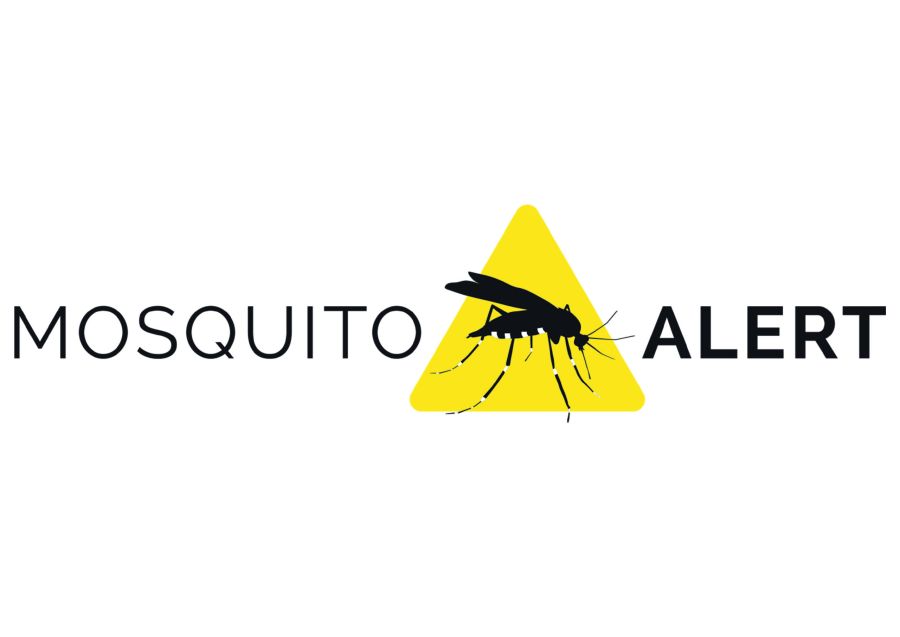
One Health PACT partner
Below you can find the newsletter of the Mosquito Alert App, one of the Citizen Science Projects of One Health PACT.

The buzzing of a mosquito can be a love song
The buzzing of a mosquito in the middle of the night is one of the most irritating sounds out there. For us they are the prelude to a bite, however, for one mosquito the buzz of another is music. Despite being tiny animals, they have an extremely fine “ear” with thousands of neurons dedicated to capturing and interpreting sounds, since buzzing is essential for their reproduction: a love song. Although the pitch of the humming of males and females is different, when both sexes meet they adjust their frequencies to achieve a common pitch. The interval between the pitch of the male and female is very close to what musicians call a perfect fifth. Those males that manage to create a duet with the female approaching this interval are more likely to be chosen and pass their genes to the next generation. Who would have thought that such an annoying sound could end up being part of a love duet? If you want to know more about the subject follow me…

HEAT ACTIVATES THE TIGER MOSQUITO IN EUROPE
Since January in Europe we have received almost 4,500 reports of mosquitoes and more than 3,700 mosquito breeding sites. During the first few months the most frequent mosquito on the continent has been the common house mosquito (Culex pipiens), but in May the encounters with the tiger mosquito (Aedes albopictus) began to increase in Spain and Italy until surpassing those of the common mosquito.

In addition, the presence of the Asian bush mosquito (Aedes japonicus) has been detected in Austria and Spain, specifically in Asturias and the Basque Country; as well as that of the Korean mosquito (Aedes koreicus) in northern Italy.
Remember that there are currently four invasive species of the genus Aedes, to which the tiger mosquito belongs, of interest in Europe. The European program AIM-COST (Aedes Invasive Mosquito – COST), coordinated by the Università di Roma SAPIENZA, has been building a European cross-border network for the surveillance and control of these invasive species since 2019, both with traditional trapping methods and through citizen science from Mosquito Alert. Of special interest are the tiger mosquito (Aedes albopictus) and the yellow fever mosquito (Aedes aegypti) due to their ability to become infected and transmit numerous viruses such as dengue, Zika or chikungunya.
 |
Another major concern in Europe is West Nile fever, a viral disease that circulates among birds and can be transmitted from birds to people by mosquitoes. The main vectors are mosquitoes of the Culex genus, including the common house mosquito (Culex pipiens). Predicting the risk involves knowing the populations of birds that may be infected and the mosquitoes that can act as a bridge between birds and people and horses. This threat is the object of study of the European Versatil Emerging infectious disease Observatory (VEO) project and the Dutch One Health PACT project, both led by the Erasmus Universitair Medisch Centrum (EMC) in Rotterdam.

Mosquito Alert citizen science provides data and how to treat it to these projects. Good participation is important in order to be an effective surveillance and early warning tool. The reports, so far this year, are concentrated mainly in Italy, Holland and Spain, followed by Hungary and Austria, with less participation in Eastern countries despite their importance in gaining knowledge about invasive species. To date, reports of mosquitoes have been received from 1,760 European municipalities, the ones with the highest number are:
- Budapest (304)
- Barcelona (240)
- Rome (176)
- Florence (171)
- A Coruña (158)
- Amsterdam (91)
- Venice (77)
- Bologna (72)
- Graz (59)
- Milan (55)


JUNE 2022 NEWS
On June 8 and 9, the first Mosquito Alert Workshop was organized in Sant Iscle de Vallalta. The event allowed the entire team to catch up on the research being carried out within the framework of the different projects in which the platform is involved. Citizen science, ecology, ecological models, epidemiological models, artificial intelligence, the educational program and sociology were discussed, emphasizing the progress made in the Big Mosquito Bytes project financed by the ‘la Caixa’ Foundation and the Human-Mosquito Interaction Project funded by the European Research Council (ERC).
Its organization was made possible thanks to the donation of science journalist Mario Viciosa from Neutral who gave Mosquito Alert its 2020 Boehringer Ingelheim Prize for Journalism in Medicine and Health Dissemination. You can read more about the meeting here.
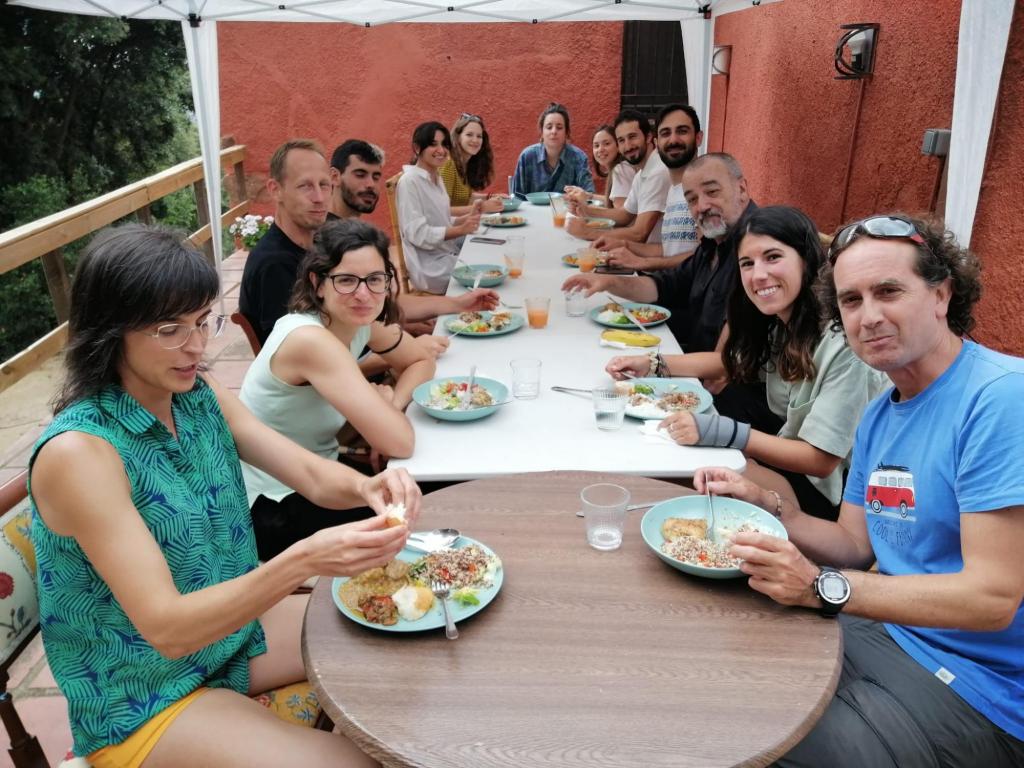
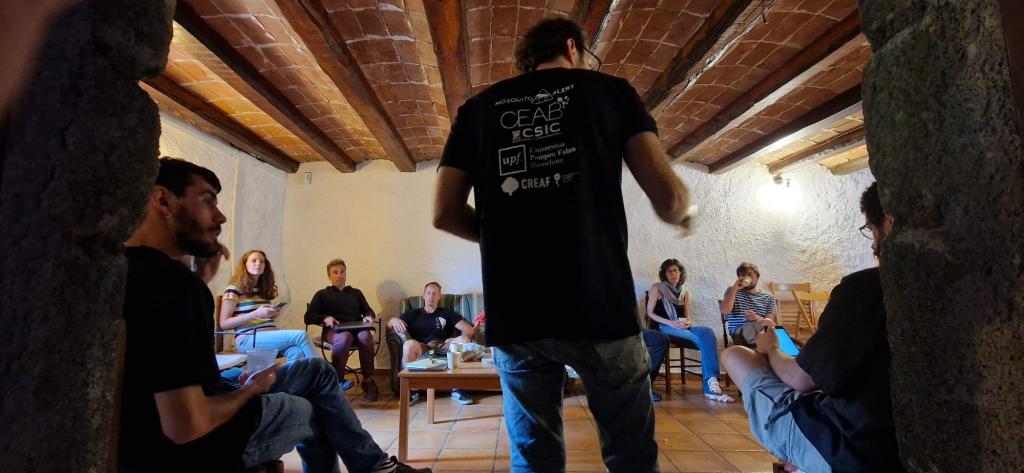
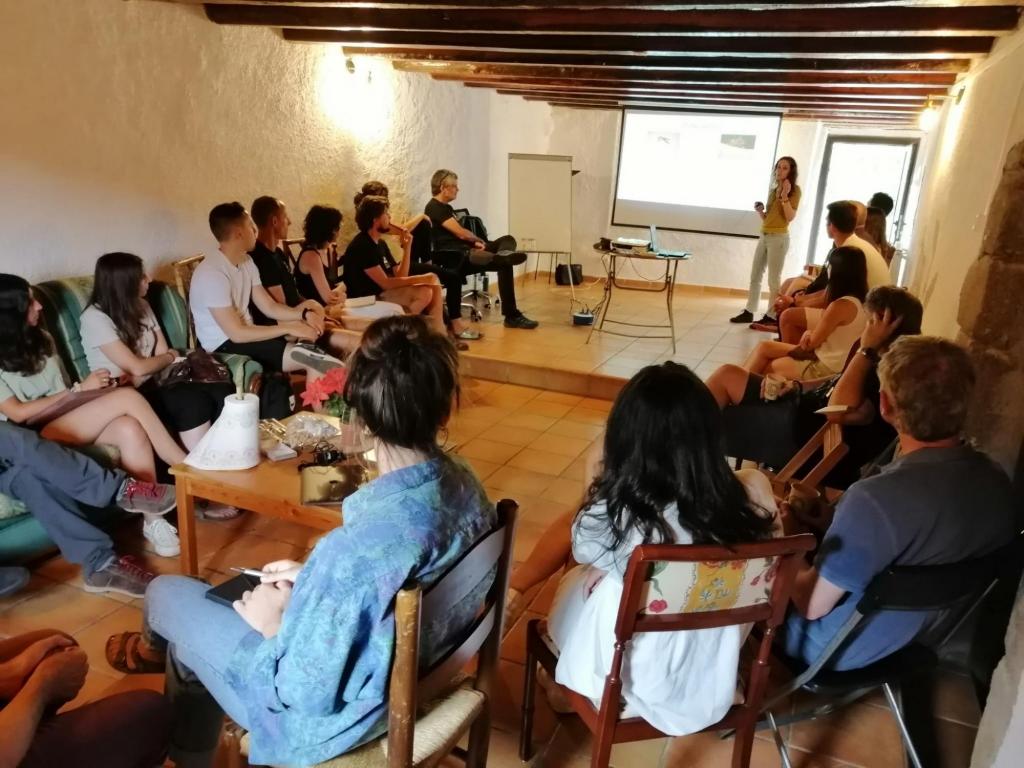
On June 16, the Barcelona Public Health Agency (ASPB) and Xatrac awarded the prizes for the best work carried out in the citizen science and mosquito school program carried out in the city of Barcelona. Congratulations to all who have participated this year!
Two days earlier, on June 14, the Mosquito Alert Masterclass and the international award ceremony for the different educational programs developed by Mosquito Alert within the framework of the One Health PACT project in the Netherlands, a FECYT project in Spain and the Barcelona project carried out with the ASPB and the Barcelona Citizen Science Office.
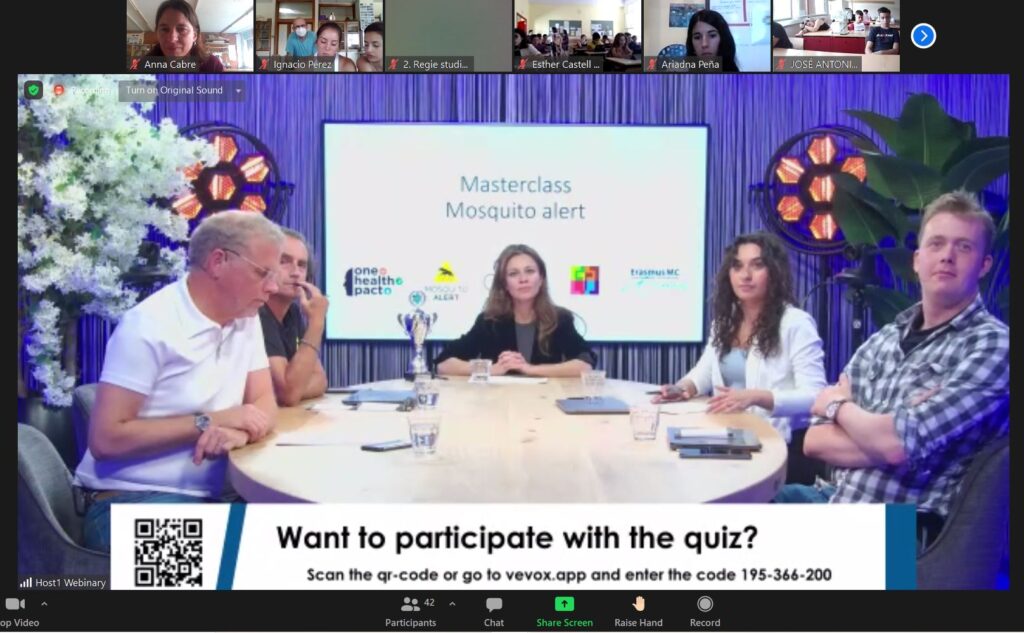
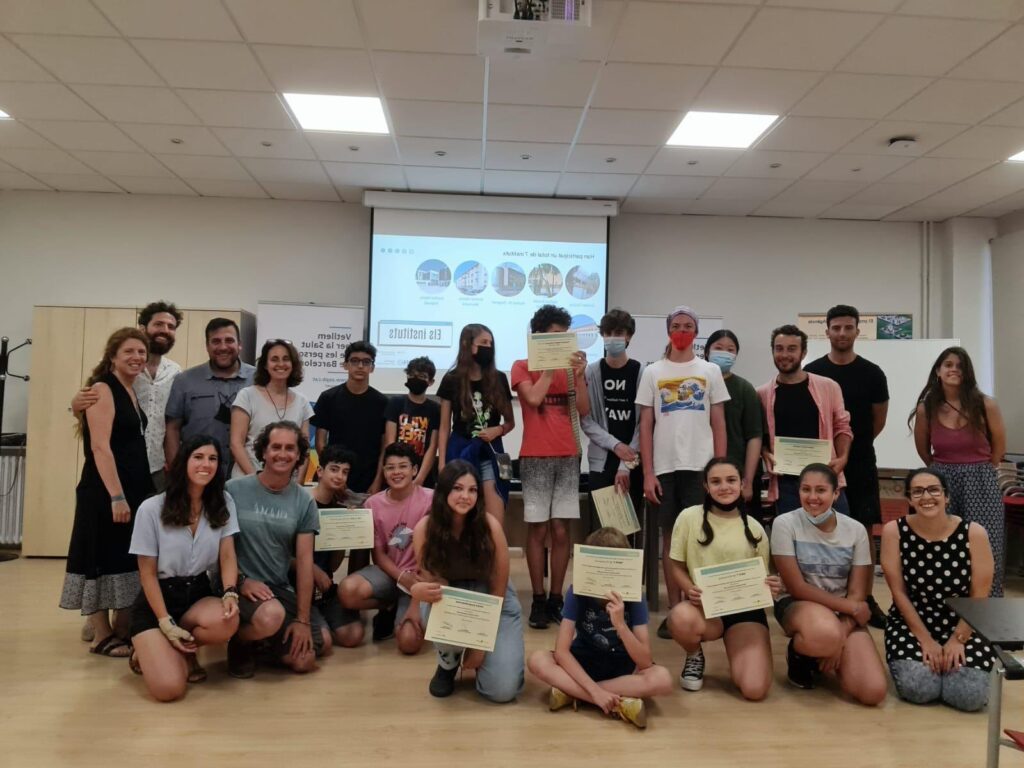
On June 16, the session “Ecosistemes híbrids en un paisatge humà” organized by Mandarina de Newton took place in Barcelona. Mosquito Alert researchers from UPF and CREAF participated to explain to the public the importance of studying and regulating the proliferation of mosquitoes. The biologist and photographer Rubén Duro spoke about how to make microscopic worlds visible through photography, and the journalist Cristina Sáezpresented her book “The science of the microbiota“.

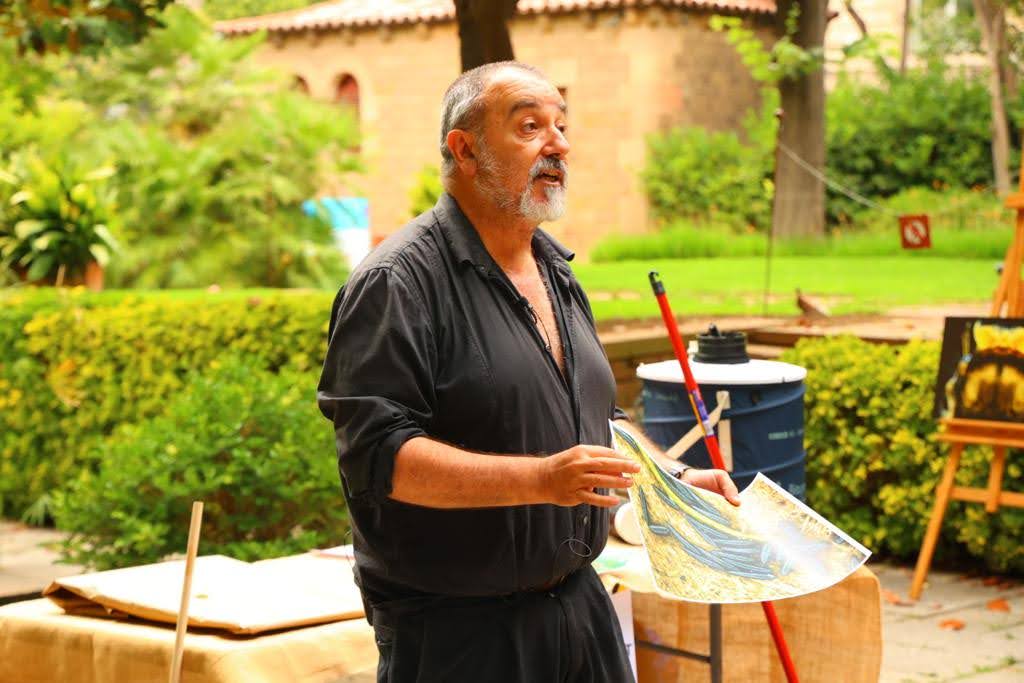
So far June newsletter, remember to always carry our app with you, you never know where a mosquito can be found.

Copyright © 2022 Mosquito Alert
Bron: Mosquito Alert
Date: 4 July 2022